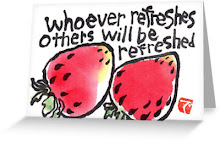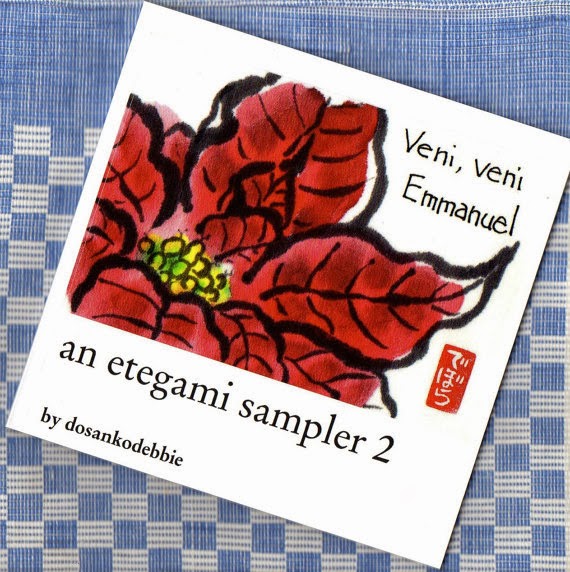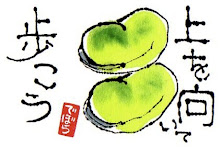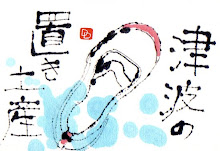
Autumn is full of drama in my part of northern Japan. Take salmon, for example. The way they are drawn irresistibly to the rivers where they were hatched, so they, in turn, can spawn the next generation of their kind. Though sea fishermen haul shiploads of this delicious fish to coastal markets, once they have entered the river, salmon are, for the most part, off-limits to humans.
But the salmon's drama has just begun. They must survive the body-crushing, skin-flaying, fin-nicking obstacle course of boulders and rapids as they defy the river current and push further and further inland. They must escape the claws of brown bears which are busy fattening themselves for winter hibernation. The females must survive these dangers while protecting a belly-full of eggs. The males must compete with other males to fertilize these eggs at the end of this exhausting journey. And, after that-- inevitably-- death. Their lives are exchanged for a chance that their offspring will survive to perform the drama all over again.












































